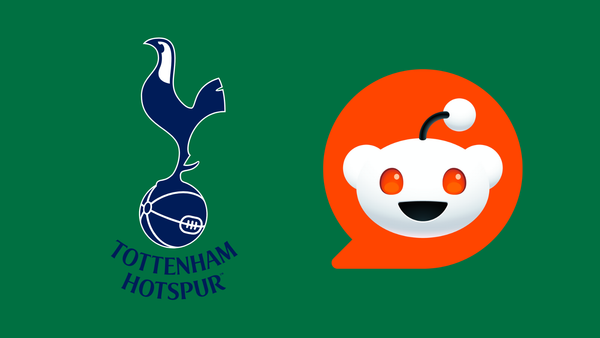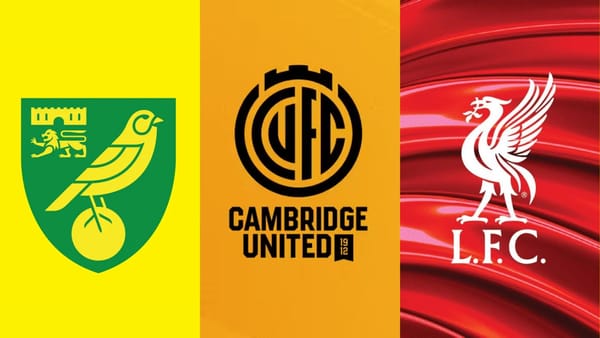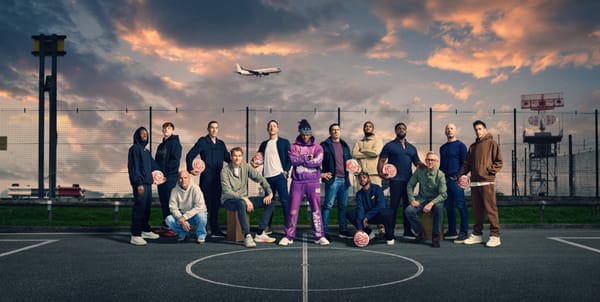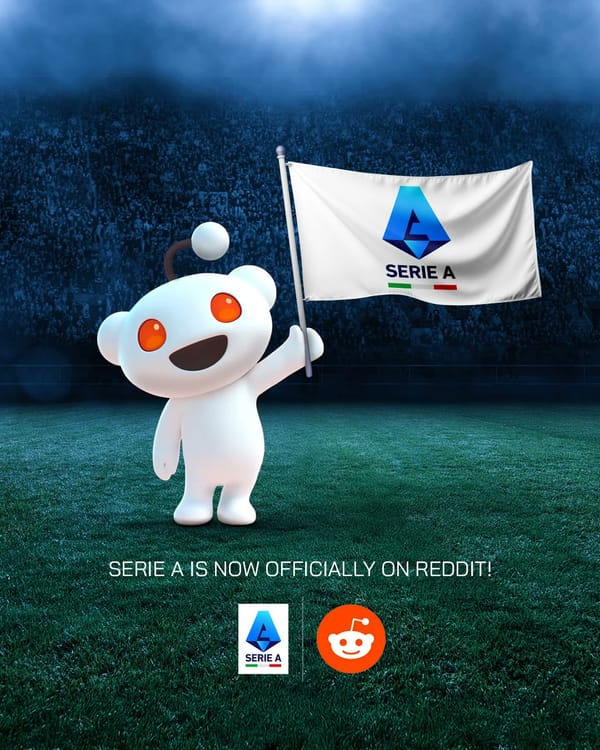A #digisport wishlist - 5 things we want to see in 2014

New Year’s resolutions are all well and good at ten-to-midnight on New Year’s Eve, but once sobriety begins to kick in they never seem like such a great idea. This year rather than come up with a host of promises to ourselves that we’re never going to be able to keep we’ve put together a wishlist of what we want to see more of from the English footballing fraternity in 2014.
Happy New Year everyone!
Connected Stadia
The idea of having a wifi network at a football ground is not a new one, in fact it probably made a lot of similar lists this time last year, however cost made widespread adoption at that stage unlikely. Manchester City and Liverpool were the only two Premier League sides to take the plunge in 2013 but with revenue sharing now an option more clubs should now be looking to make their stadia truly connected.
Giving fans the ability to quickly and easily surf the web is not just about alleviating the irritation of slow or non-existent mobile internet at peak times. It’s about making supporters feel part of the club and giving the club a better understanding of their fanbase. It’s about a better matchday experience. Speaking of which…
Improve the experience
We’re repeatedly told that football is now a family pastime, however few clubs have radically altered the way in which they treat fans on a matchday. Very little is done to engage or entertain supporters inside or immediately outside the ground.
Step forward Manchester City, who have once again pioneered in this area with the BT City Square – a place where fans can gather before and after the match to be treated to live music, interviews with club legends and much more.
Hopefully in 2014 we’ll see an increase in clubs realising that for many a trip to the match is a day out, not just a few hours.
Visibility of social channels
If 2013 was the year when clubs began to get to grips with social, 2014 must be the year where they shout about their use from the roof tops. Many top flight sides have followings on variety of social platforms running into the hundreds of thousands, however you’d never be able to tell by sitting down and actually watching a match.
Handles and hashtags may occasionally pop up on electronic advertising hoardings but apart from that you’d struggle to ascertain any information about a club’s social media presence. Clubs need to make more of an effort to advertise the platforms they use to their support, especially as they begin to experiment with new social media channels.

Beacons
Beacons are a new technology that utilise low-energy Bluetooth connections to send information to mobile devices based on that device’s location. Organisations, particularly those in the retail sector, are beginning to look at beacons as a way of providing information to customers but their usefulness to football clubs is obvious.
For example, supporters who make their way in the stadium well in advance of kick off could be rewarded with flash sales, team news could be beamed directly to fans as they pass through the turnstiles and the half time crush at the bar could be alleviated by using beacons for contactless payment.
They’re cheap, small and I expect to see these little things popping up at sporting arenas over the next 12 months. Here’s hoping football clubs are some of the early adopters.
Broadcasting clips via social media
The NBA are doing it. The NFL are doing it. Now it’s time for the Premier League and Football League to marry up video and social media.
The Butler did it. With the shot clock expiring Jimmy Butler nails a deeeep 3 on @nbatv #NBARapidReplay – http://t.co/245u7rgYiN
— NBA (@NBA) December 31, 2013
2013 was the year Twitter Amplify, a service which allows brands to tweet video content in conjunction with what is being broadcast elsewhere. Over the pond sports organisations have been quick to partner up with Twitter, recognising the benefit such a tool could have on provoking debate and pulling in more viewers to live sporting events. In the UK the response has been muted.
Of course there are some rather substantial roadblocks to making such a partnership reality. For example rights holders would be unlikely to sacrifice exclusivity to footage they’ve paid handsomely to broadcast, however we’d hope that the footballing authorities would work to demonstrate that the positives far outweigh the negatives.





